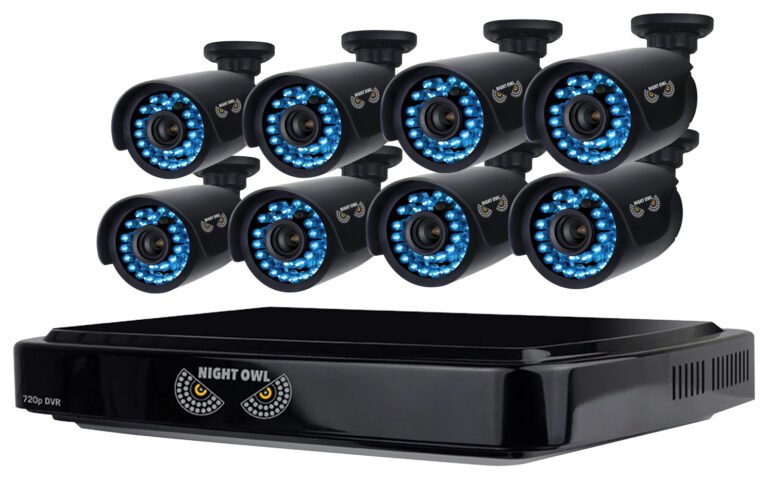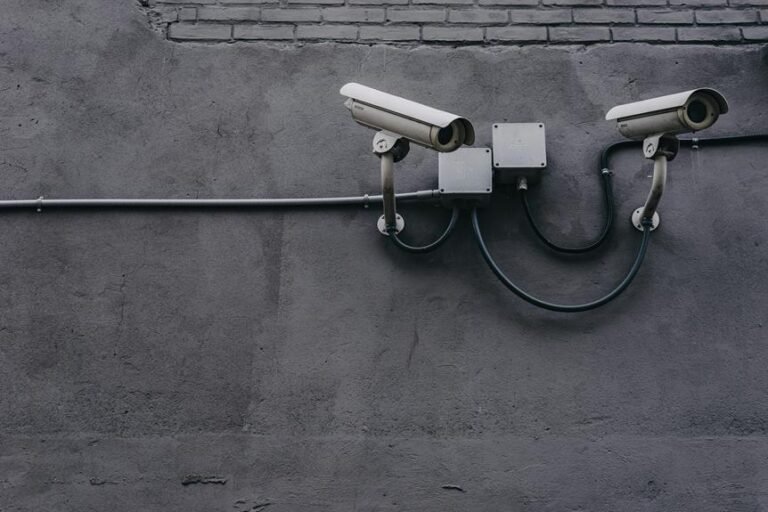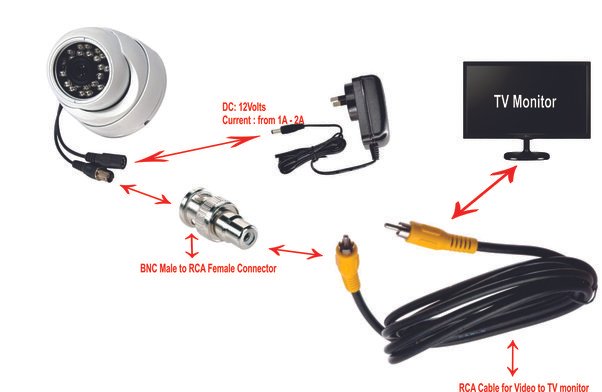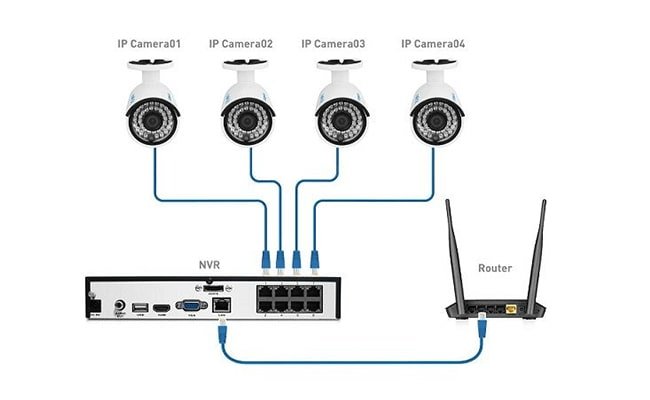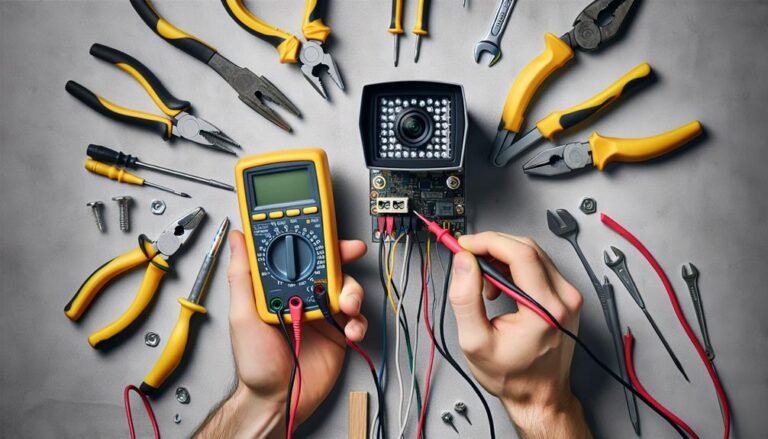Beheben des Problems, dass Ihre Swann-CCTV-Kamera nicht aufzeichnet
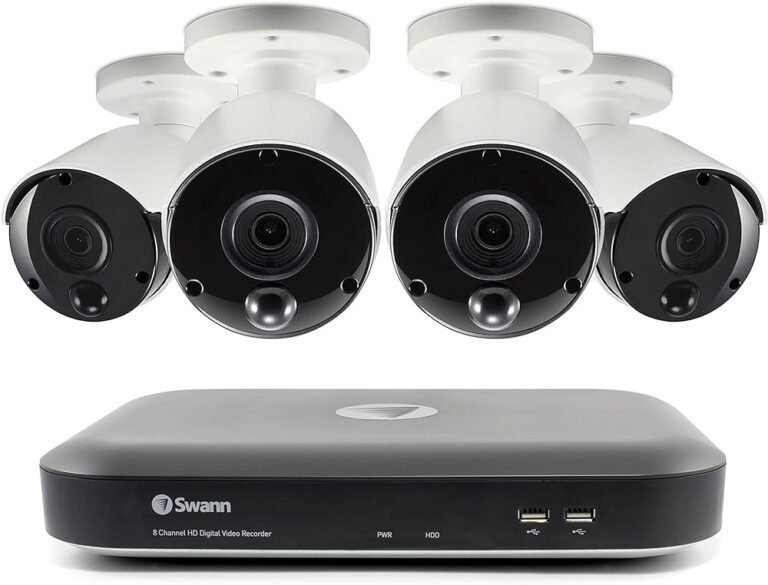
Wenn Ihre Swann-Kamera nicht aufzeichnet, überprüfen Sie zunächst die Stromversorgung. Stellen Sie sicher, dass sie richtig angeschlossen und der Akku geladen ist. Überprüfen Sie anschließend die Kameraeinstellungen, indem Sie die Bewegungserkennung aktivieren und Ihre Aufnahmepläne überprüfen. Überprüfen Sie alle…
